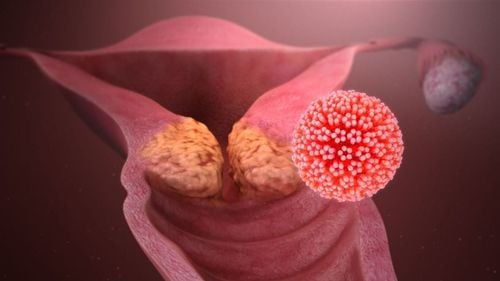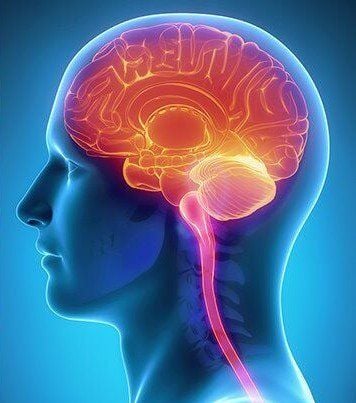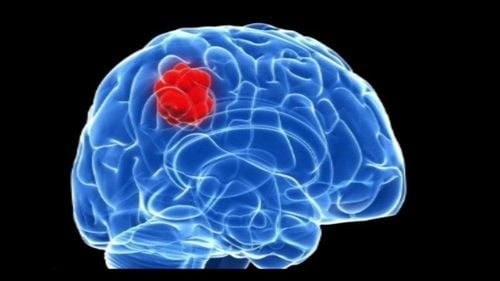This is an automatically translated article.
A risk factor is any factor that increases a person's chance of developing a brain tumor or spinal cord tumor. Different types of cancer have different risk factors. Some risk factors you can change like smoking. Some risk factors you can't change include age or family history.
1. Risk factors for brain and spinal cord tumors
A person is likely to have one or even several risk factors. That does not mean that the person will get sick. In contrast, many people develop brain or spinal cord tumors without any risk factors.
Many different types of tumors can start in the brain or spinal cord. Although they may have some risk factors in common, these different tumors may also have different risk factors.
In general, most brain tumors are not associated with any risk factors and have no clear cause. However, there are certain factors that are thought to increase the risk of brain tumors.
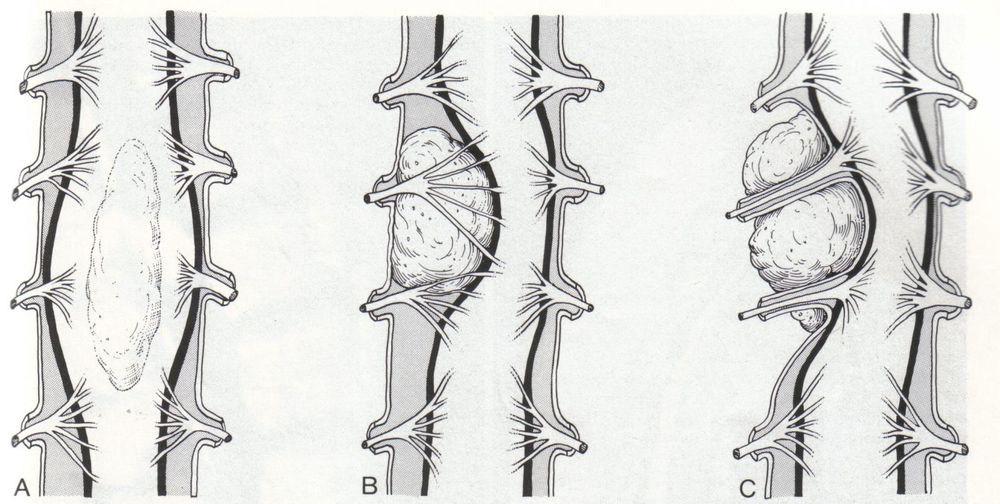
Nhiều loại khối u khác nhau có thể khởi phát trong não hoặc u tủy sống
1.1. Radiation exposure
The most well-recognized environmental risk factor for brain tumors is radiation exposure, often as a result of radiation therapy for other conditions. Example: Children with ringworm of the scalp (fungal infection) can sometimes be treated with low-dose radiation therapy, which was later confirmed to increase the risk of certain types of brain tumors as the child grows older.
Today, most brain tumors are caused by radiation from the treatment of other cancers. Experts have noted that brain tumors occur most often in people who received radiation to their brains as children to treat leukemia. These brain tumors usually develop about 10 to 15 years after radiation, but sometimes they may not appear until decades later.
Radiation-induced tumors are still quite rare, but due to the increased risk (as well as other side effects), radiation therapy is done only after carefully weighing the possible benefits and risks. . For most patients with other cancers of the brain or head, the benefits of radiation therapy outweigh the risk of developing a brain tumor years later.
1.2. Family history
Most people with brain tumors do not have a family history of brain tumors, but in rare cases, tumors of the brain and spinal cord have a familial factor. In general, patients with familial cancer syndromes tend to have multiple first-onset tumors when they are young. Some families have well-defined disorders, such as:
1.2.1. Neurofibromatosis type 1 (NF1)
This genetic disorder, also known as von Recklinghausen disease, is the most common syndrome associated with tumors of the brain or spinal cord. People with this condition have an increased risk of prostate tumors, meningiomas, and certain types of gliomas, as well as neurofibromas (benign tumors of the peripheral nerves). Changes that occur in the NF1 gene cause this disorder. These changes are inherited from parents in 50% of cases. In the rest, mutations in the NF1 gene occurred before the baby was born.
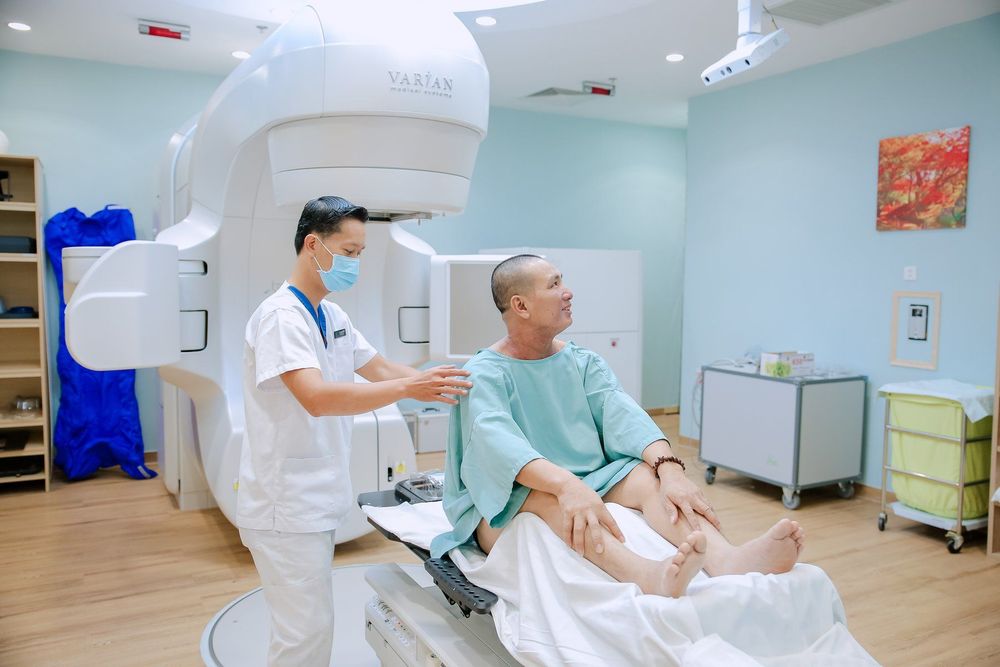
Ngày nay, hầu hết các khối u não gây ra do bức xạ do điều trị các bệnh ung thư khác
1.2.2. Neurofibromatosis type 2 (NF2)
This tumor type is much less common than NF1 and is associated with vestibular cell tumors (acoustic neuromas), which almost always occur on both sides of the head. This type of inheritance increases the risk of developing a meningioma or spinal cord tumor. Changes in the NF2 gene are often the cause of neurofibromatosis type 2. Like NF1, the gene changes are inherited in about half of cases. In the other half, they occurred before birth in pediatric subjects with no family history.
1.2.3. Tuberous sclerosis
People with this condition may develop subserosal giant cell astrocytoma (SEGA). These are low-grade astrocytomas that develop beneath the astrocytes of the ventricles. They may also have other benign tumors of the brain, skin, heart, kidneys, and other organs. This condition is caused by changes in the TSC1 or TSC2 gene. These gene changes can be inherited from parents, but often they appear in people with no family history.
1.2.4. Von Hippel-Lindau syndrome
People with this condition tend to develop benign or cancerous tumors in various parts of the body, including hemangioblastoma (benign vascular tumor). ) in the brain, spinal cord, retina, inner ear tumors, kidney, adrenal gland, and pancreas. It is caused by changes in the VHL gene. Usually, changes in genes are inherited, but in some cases are due to mutations before birth.
1.2.5. Li-Fraumeni syndrome
People with this condition have a higher risk of developing gliomas. They also have an increased risk of breast cancer, soft tissue sarcomas, leukemia, adrenal cancer, and several other types of cancer. It is caused by changes in the TP53 gene.
1.2.6. Turcot syndrome
Turcot syndrome (also known as brain tumor polyposis syndrome) describes people with multiple colon polyps and an increased risk of colorectal cancer, as well as an increased risk of certain types of tumors. brain tumors. But this syndrome is actually caused by two different genetic conditions:
When associated with familial adenomatous polyposis (FAP), there is a mutation in the APC gene. In people with this gene mutation, the brain tumors are usually medulloblastoma. When associated with Lynch syndrome (also known as hereditary nonpolyposis colorectal cancer), the mutation is in one of the mismatch repair genes, such as MLH1 or PMS2. In people with one of these gene mutations, the brain tumors are usually gliomas.
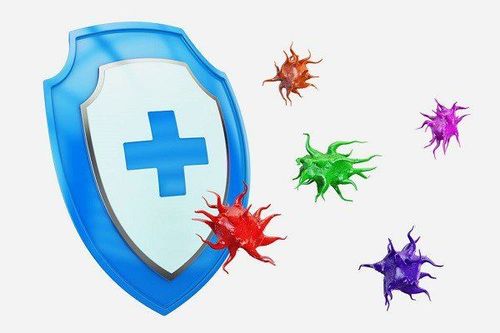
Những người có hệ thống miễn dịch suy yếu có thể có nguy cơ phát triển các khối u lympho não hoặc tủy sống
1.3. Other syndromes
Several other genetic diseases also increase the risk of certain types of brain and spinal cord tumors, including:
Gorlin syndrome (basal cell nevus syndrome) Cowden syndrome Some families may have a genetic disorder that is not clearly identified or even occurs in only 1 individual of that family.
2. Have a weakened immune system
People with weakened immune systems may be at increased risk of developing brain or spinal cord lymphomas (called primary CNS lymphoma). Lymphoma is a cancer of the lymphocytes (a type of disease-fighting white blood cell). Primary CNS lymphomas are less common than lymphomas that develop outside the brain.
Weakened immune system may be congenital (present at birth), or may be due to being treated for other cancers, or undergoing treatment to prevent rejection of the transplanted organ or as in diseases such as acquired immunodeficiency syndrome (AIDS).
3. Factors with uncertain, controversial or unproven effects
3.1. Mobile phone use
Cell phones emit radio frequency (RF) rays (a form of energy on the electromagnetic spectrum between FM radio waves and the rays used in microwave ovens, radar and satellite radios). Cell phones do not emit ionizing radiation, which can cause cancer by damaging the DNA inside cells.However, there are concerns that phones have built-in antennas when placed near the head when used may increase the risk of brain tumors.
Some studies have suggested that the risk of brain tumors or vestibular cell tumors (acoustic neuromas) is increased. when using cell phones, but most larger studies to date have not found an increase in risk, either overall or between specific tumor types. long-term use (10 years or more) Cell phone use may not be long enough to determine the possible risks of lifelong use.Cell phone technology also continues change and change he knows how this can affect the risk of brain cancer.
These risks are being studied, but it will probably be many years before definite conclusions can be drawn. If you're concerned, there are ways to reduce your personal exposure, such as using your phone's speaker or headset, with the aim of keeping the phone away from your head.
3.2. Others
Other environmental factors such as exposure to vinyl chloride (a chemical used to make plastics), petroleum products, and certain other chemicals can increase the risk of brain tumors. in some studies, but not in others.
Exposure to aspartame (a sugar substitute), exposure to electromagnetic fields in power lines and transformers, and infection with certain viruses are thought to be possible risk factors , but most researchers agree that there is no convincing evidence between these factors and brain tumor development.
Vinmec International General Hospital with a system of modern facilities, medical equipment and a team of experts and doctors with many years of experience in medical examination and treatment, patients can rest assured to visit brain cancer examination and treatment at the hospital.
Please dial HOTLINE for more information or register for an appointment HERE. Download MyVinmec app to make appointments faster and to manage your bookings easily.
References: cancer.org
SEE MORE
Glioblastoma: What you need to know Brain cancer: Causes, symptoms, diagnosis and treatment Brain tumors: What you need to know




